Clinically, POH is characterized by light- to dark-colored, brownish-black pigmentation surrounding the eyelids. It gives a tired look to the patient. Diagnosis is mainly based on clinical examination. It is important to differentiate the dark eyelid skin with shadowing due to tear trough. Manual stretching of the lower eyelid skin can help to differentiate between true pigmentation and shadowing effect. Although the former retains its appearance with stretching, the latter improves or resolves entirely. An increase in violaceous discoloration on manual stretching of the lower eyelids is due to thin eyelid skin or hypervascularity of lower eyelid.

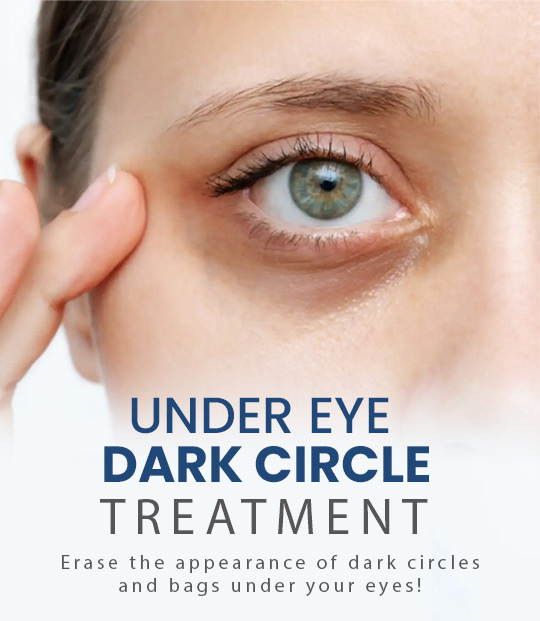
How to Get Rid of Dark Circles Permanently
Periorbital pigmentation
Periorbital hyperpigmentation (POH), also known as periocular hyperpigmentation, periorbital melanosis, dark circles, infraorbital darkening, infraorbital discoloration, or idiopathic cutaneous hyperchromia of the orbital region, is a common condition encountered in dermatology practice. It is an ill-defined entity that presents as bilateral round or semicircular homogenous brown or dark brown pigmented macules in the periocular region. It can affect an individual’s emotional well-being and influence quality of life. At Akiya Aesthetics, Dr. Rupika Singh offers Dark Circles Treatments in Delhi, Ghaziabad and Noida.
There is scarcity of data regarding the incidence and prevalence of POH due to its transitory nature and lack of reasonable etiological explanation. In an Indian study, it was found that POH was most prevalent in the age group of 16 to 25 years (i.e., 95 out of 200 patients [47.50%]). Among the 200 patients studied, it was more prevalent in women (162 [81%]) than men and the majority of the affected women were housewives (91 45.50%])
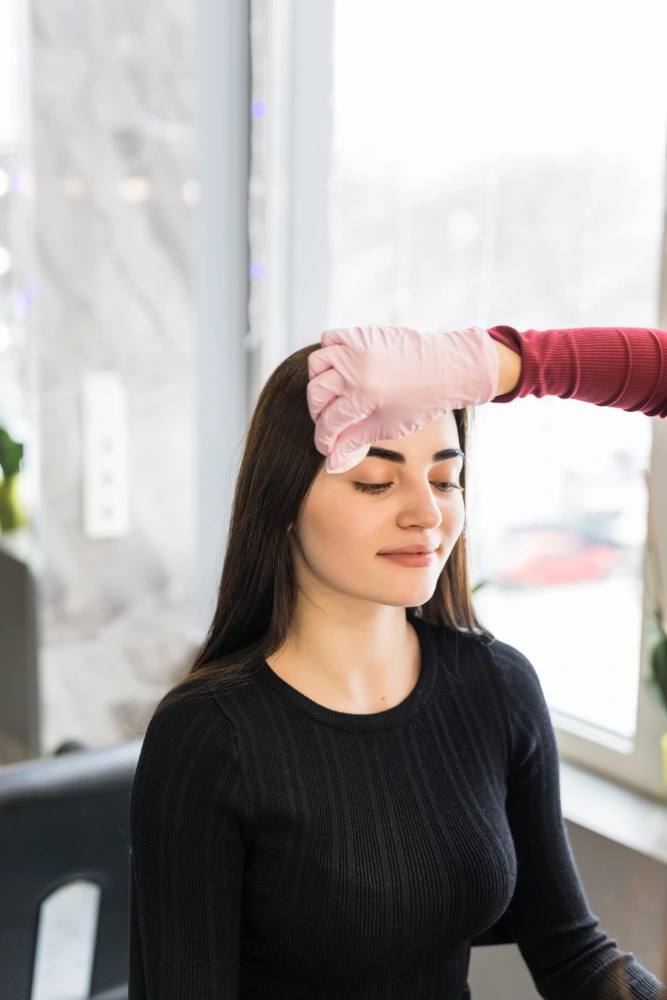
What are dark circles?
- Genetics & Pigmentation :Some individuals inherit darker periorbital skin through melanocyte behavior or pigment demarcation lines
- Thin Skin or Visible Blood Vessels : Thin lower eyelid skin can reveal underlying vasculature, imparting a blue or violaceous tone
- Inflammation & Allergic Rubbing : Chronic irritation or eczema can lead to post-inflammatory pigmentation or fluid retention.
- Lifestyle & Environmental Factors : Lack of sleep, stress, pollution, UV exposure, smoking, and dehydration are all contributing or aggravating factors
- Tear Trough Depression : Aging or volume loss in the tear trough creates shadows that mimic dark circles.
Causes of Dark Circles and Expert Treatments at Akiya Aesthetics (Delhi, Ghaziabad and Noida)
Periorbital hyperpigmentation is considered to have a genetic basis. Goodman and Belcher reported many families with pigmentation around the periorbital area in several members of the family. Some were mildly affected and some severely affected.
Periorbital pigmentation due to dermal melanocytosis. Dermal melanocytosis is characterized by the presence of melanocytes in the dermis. Clinically, these lesions are recognizable by their distinctive grey or blue-grey appearance. Dermal melanocytosis causing periocular hyperpigmentation can be due to congenital or acquired causes.Dermal melanocytosis can be placed into the pigmentary class of Huang et al’s classification.
Postinflammatory hyperpigmentation. Excessive pigmentation can also be due to postinflammatory hyperpigmentation secondary to atopic and allergic contact dermatitis and other dermatological conditions (e.g., lichen planus pigmentosus) and can be drug induced, such as in the case of fixed drug eruptions and erythema dyschromium perstans. Periorbital hyperpigmentation can be caused by rubbing and scratching of skin around the eyes and by accumulation of fluid due to allergy as in atopic dermatitis and allergic contact dermatitis.
Tear through depression. Tear troughs represent an anatomical location that becomes depressed with age, centered over the inferior-medial orbital rim. It is an age-related change. It occurs mainly because of loss of subcutaneous fat and thinning of overlying skin of the orbital rim ligaments, combined with cheek descent, conferring hollowness to the orbital rim area. A combination of the hollowness and the overlying pseudo herniation of the infraorbital fat accentuate the shadowing in the tear trough causing dark circles, depending on the lighting condition.
Periorbital edema. The eyelid region has a spongy property, which can lead to fluid accumulation due to systemic and local causes. Diagnostic features that suggest edema includes worsening in morning or after eating salty meals. The history of variability in intensity and extension is important to determine the influence of edema on periorbital hyperpigmentation. When compared with normal orbital fat, edema is still present in downward gaze and does not change much in upward gaze.
Extension of pigmentary demarcation lines of face. Pigmentary demarcation lines (PDL) are borders of abrupt transition between hyperpigmented skin and lighter areas. According to the site, they have been labelled A to H lines. F and G types are present over the lateral side of orbit and present as V-shaped and W-shaped patches, respectively.In a study by Malakar et al, 100 Indian patients with a diagnosis of POH were evaluated. Their results showed that in 92 percent of study patients, periorbital melanosis was an extension of the pigmentary demarcation line over the face.
Ocular hypotensive drugs. Prostaglandin analogues, such as latanoprost and bimatoprost, which are used as ocular hypotensive eye drops in patients with glaucoma, can also cause periorbital hyperpigmentation.Patients develop periocular hyperpigmentation most frequently between 3 to 6 months of initiating bimatoprost procedure. Complete reversal of pigmentation occurs after discontinuation of bimatoprost. It was reported that the increased melanogenesis in dermal melanocytes and increased transfer of melanin granules to basal epidermis is the likely mechanism of bimatoprost-induced hyperpigmentation.
Environmental Causes–Ultraviolet radiation aggravates POHand some lifestyle factors may contribute to developing POH, including lack of sleep, stress, alcohol overuse, and smoking, although not clinically substantiated.

Eye Perk
- Microdermabrasion is a minimally invasive procedure used to renew overall skin tone and texture. It can improve the appearance of sun damage, wrinkles, fine lines, age…
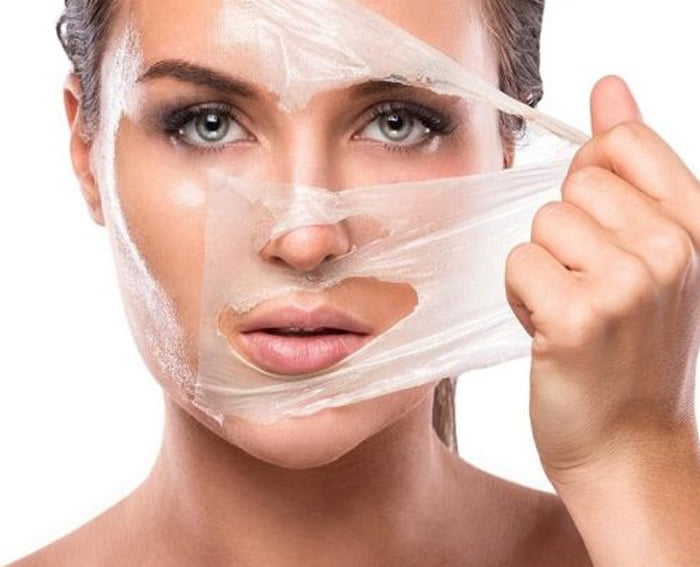
Chemical Peels
- Peels are a beautiful thing as they can address most of the skin concerns be it acne, acne scars, dark spots, fine lines & wrinkles..
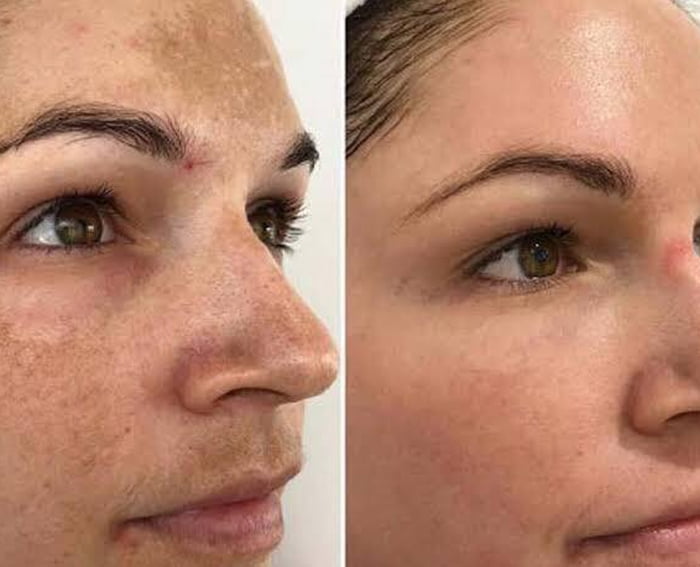
Cosmelan Peel
- At Dr Rupika’s Akiya Aesthetics we have a unique way with safe ingredients, chemical peel which is especially designed to treat..
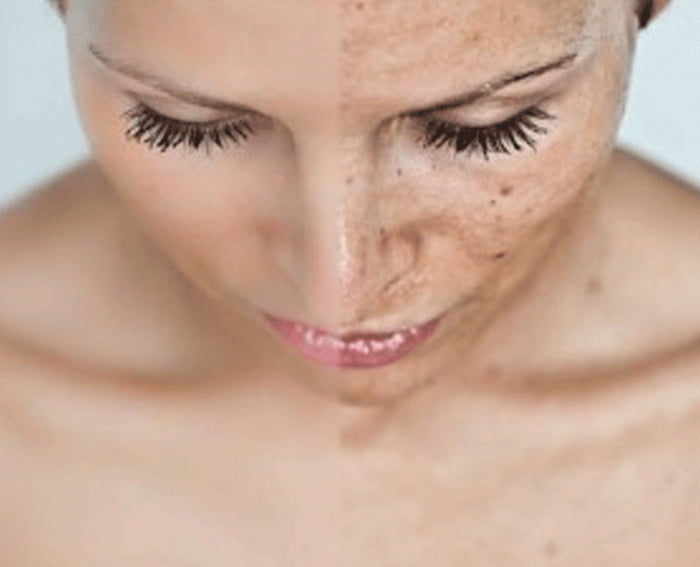
Micro channeling- dermapen or dermarolling
- Skin can be made even more beautiful when you choose the right treatment for it. When you have a skin concern that is easily seen…
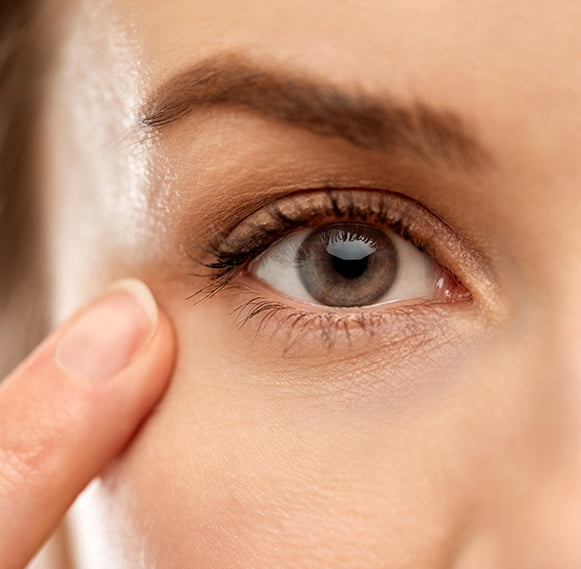
Dermafuse- under eye
- The treatment uses DermaFrac, which is a micro-needling (skin needling) machine that offers simultaneous delivery of infused ingredients in a pain-free…

Microplasma
- Microplasma is an effective way to treat hyperpigmentation while using small quantities of pharmaceutical medications..

Clear Lift 4D
- Clearlift 4D as the name suggests helps to clear pigmentation and boost collagen to give lift. It is a 360 degree rejuvenation.
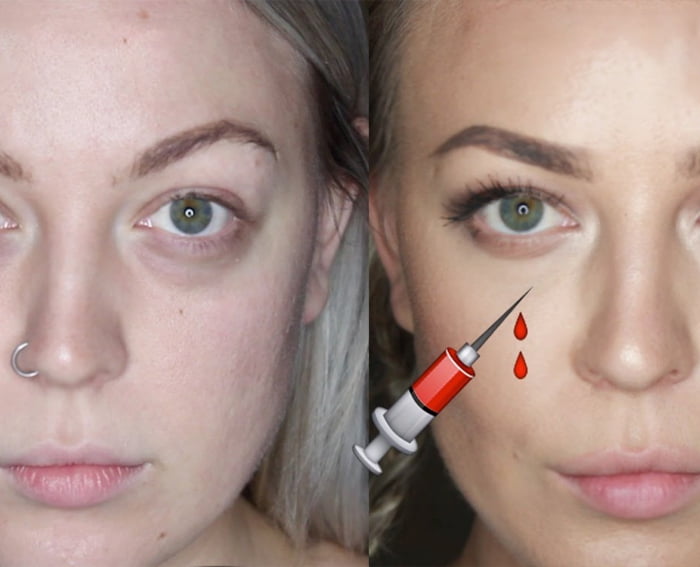
Tear trough fillers
- Tear trough can interfere with the overall appearance and can make you look dull. Correcting this minor flaw can give you a renewed look and the confidence…
What Our Clients Are Saying
Diksha Kamra
Rajluxmi bhatnagar
Princy Pal
Neha Sharma
Mamta
Ishu Banga
priyam Upadhyay
Experience the Best in Aesthetic Care at Akiya Aesthetics
Not all skin clinics are the same. Here’s why thousands trust us:
Board-Certified Surgeon
With over 15+ years of expertise, you're in the hands of the best.
12,000+ Successful Procedures
Proven success across thousands of procedures.
Technology Meets Care
Advanced FDA-approved technologies for safe, effective
100% Natural-Looking Outcomes
Enjoy results that look and feel completely natural.
Flexible EMI Plans Available
Affordable, convenient payment options to support your journey.
Minimal Downtime Procedures
Return to your routine faster with our cutting-edge, minimally invasive methods.

 ⭐ 4.8 Rating on Google
⭐ 4.8 Rating on Google